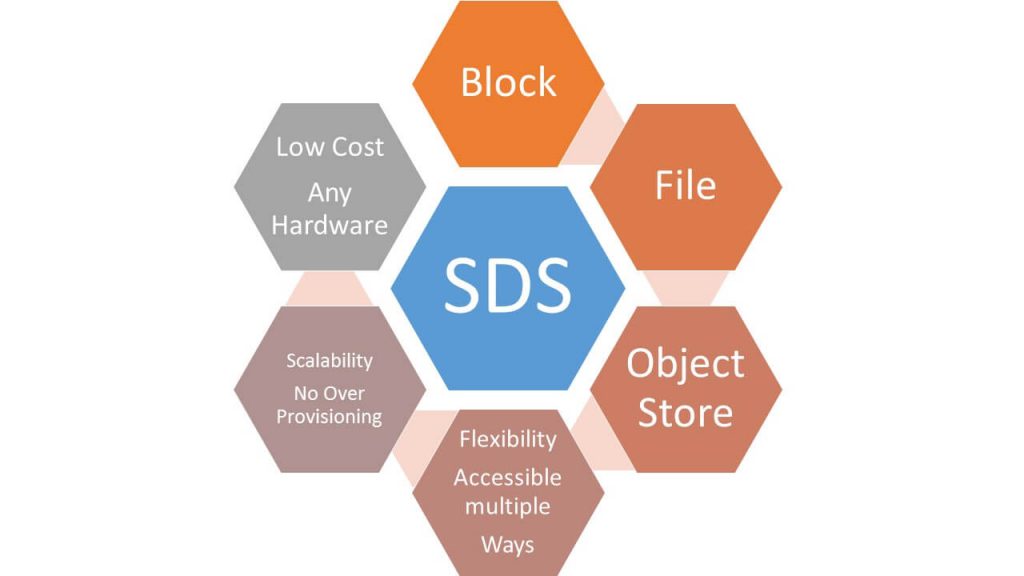Data is just about everywhere today. Companies distribute data across diverse locations. This includes on-premises and remote data centers as well as public clouds. Earlier, Anand Jayapalan had spoken about how safely storing data and making it easily available requires continuous effort and space. Software does come to the rescue in this situation.
Software-defined storage (SDS) is an extensively used method for separating storage software from any physical piece of hardware. It enables companies to manage large expanses of data in an efficient manner with great agility no matter the network size. The benefits of adopting to SDS are many, which empower companies to scale their operations or lower costs in an efficient manner.
The concept behind software-defined storage is abstraction. It is not easy for people to wrap their heads around the idea of storing data without depending on physical hardware. However, similar abstraction does take place during the common practice of virtualization. In the case of virtualization, a software program draws resources from one hardware location to create several virtual machines that are separate from the host server.
Compatibility is another core tenet of SDS. Legacy storage options may entail the use of proprietary software that only works with specific hardware. On the other hand, SDS allows for the abstraction of storage resources from a wide variety of hardware. The result is a network of clouds or data centers that help facilitate the freedom of storing data anywhere, no matter compatibility concerns that may otherwise exist.
Here are some of the most important components of a complete and functional software-defined storage strategy:
- Hardware: While SDS decouples data from its underlying hardware, such a process requires physical storage devices from which to abstract resources.
- Abstraction technology: Abstraction occurs in SDS software. Diverse software solutions are likely to make use of varied abstraction methods.
- Software-defined networking: Storing and moving data across multiple locations in a network is made possible with SDS. However, a network itself may require a software-defined management approach in larger infrastructures.
- Automation: Automation may help in ensuring compliance and security. In case of an SDS strategy, it helps allocate hardware resources in a seamless manner across locations as necessary.
Earlier, Anand Jayapalan had spoken about how software-defined storage is ultimately a pooled storage approach that allows administrators to add or remove hardware from a “pool” from which the software can draw resources for the purpose of storage. This system is in contrast to the typical hierarchical storage approach that lacks flexibility and scalability.
SDS technology frees companies from the limitations of how they can use their hardware. Devices originally designed to work exclusively with specific software can be repurposed to function with various configurations. Moreover, administrators will have the flexibility to set up and deploy a wide range of hardware according to their needs. Business leaders may opt to either make use of existing hardware for software-defined storage or invest in new equipment. There is no vendor lock-in here, Hence, companies are able to diversify their hardware purchases across multiple suppliers.








